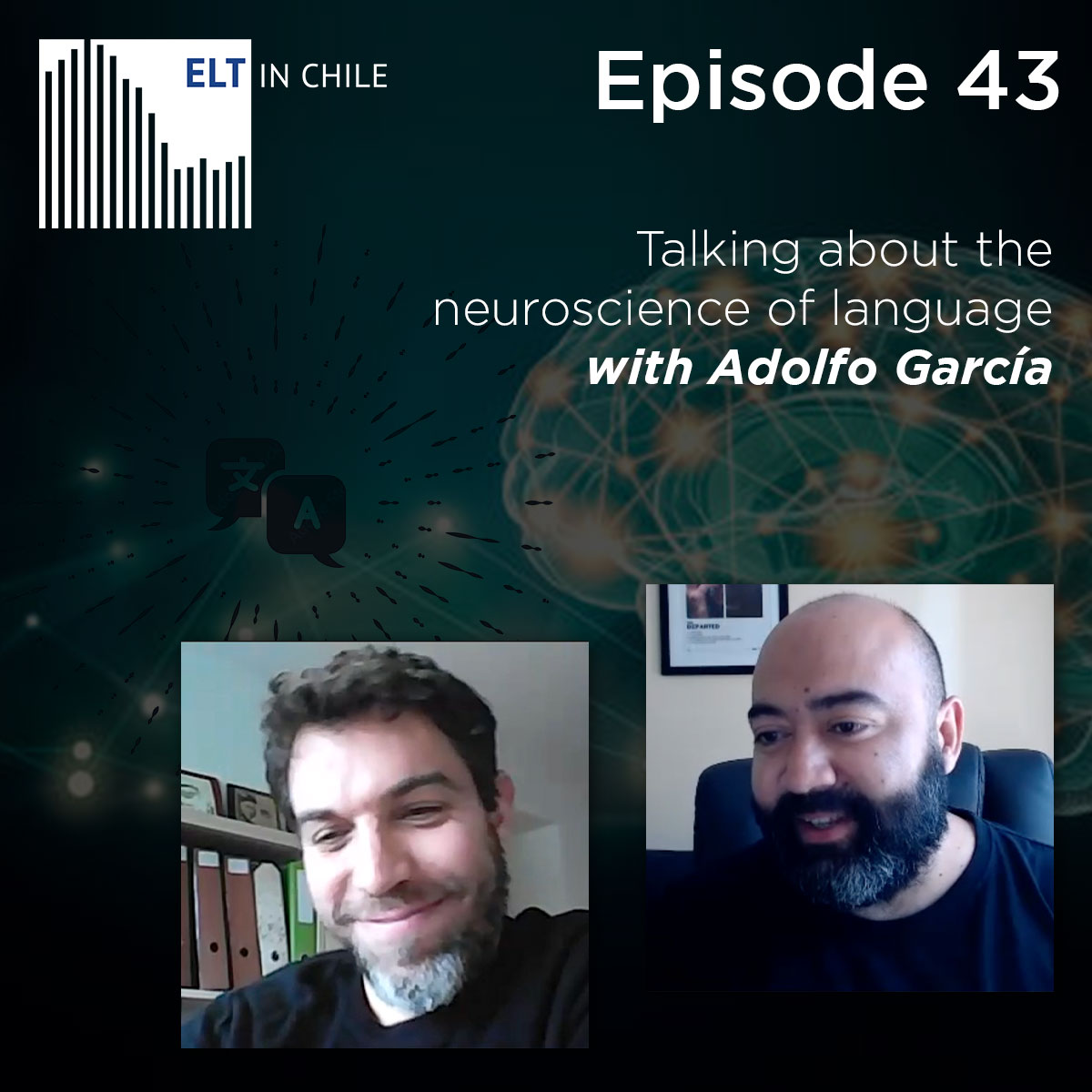Interlingual reformulation as a window into the bilingual brain
The Routledge Handbook of Translation, Interpreting, and Bilingualism
García, A. M. & Kogan, B. (2023). Interlingual reformulation as a window into the bilingual brain. En A. Ferreira & J. Schwieter (eds.), The Routledge Handbook of Translation, Interpreting, and Bilingualism (pp. 79-96). Londres: Routledge. ISBN: 978-0-36-762348-7. Online: https://bit.ly/3HsuDdv
En las últimas tres décadas, nuestra comprensión de los sistemas neurocognitivos multilingües se ha beneficiado del estudio de la reformulación interlingüística (RI), es decir, la capacidad de traducir o interpretar mensajes entre lenguas, normalmente una nativa y otra no nativa. En este capítulo se analizan cinco líneas de investigación relevantes que integran pruebas psicolingüísticas, neuropsicológicas y neurocientíficas. En primer lugar, las comparaciones entre la RI y el rendimiento en una sola lengua en multilingües neurotípicos y con daño cerebral arrojan luz sobre la organización neurofuncional de sus sistemas lingüísticos. En segundo lugar, las disociaciones en las direcciones de traducción (desde y hacia la lengua materna) revelan las asimetrías que caracterizan a dichos sistemas. En tercer lugar, la detección de fenómenos de traducción inconsciente muestra que el procesamiento manifiesto en una sola lengua implica la coactivación tácita de la(s) otra(s) lengua(s). En cuarto lugar, los resultados de las RI en paradigmas de aprendizaje artificial de palabras ponen de manifiesto los mecanismos que median en el desarrollo de lenguas no maternas en la edad adulta. En quinto lugar, la investigación con expertos en RI (intérpretes simultáneos, principalmente) proporciona información clave sobre la plasticidad del cerebro multilingüe en función de su uso. Tras una breve reseña de cada tema, se ofrece una valoración crítica de los resultados y se hace un llamado a una mayor participación de los traductólogos cognitivos en estas líneas de investigación.
Interlingual reformulation as a window into the bilingual brain
The Routledge Handbook of Translation, Interpreting, and Bilingualism
García, A. M. & Kogan, B. (2023). Interlingual reformulation as a window into the bilingual brain. En A. Ferreira & J. Schwieter (eds.), The Routledge Handbook of Translation, Interpreting, and Bilingualism (pp. 79-96). Londres: Routledge. ISBN: 978-0-36-762348-7. Online: https://bit.ly/3HsuDdv
Over the past three decades, our understanding of multilingual neurocognitive systems has profited from the study of interlingual reformulation (IR) –i.e., the capacity to translate or interpret messages between languages, typically a native and a non-native one. This chapter surveys five relevant research lines integrating psycholinguistic, neuropsychological, and neuroscientific evidence. First, comparisons between IR and single-language performance in neurotypical and brain-damaged multilinguals shed light on the neurofunctional organization of their linguistic systems. Second, dissociations translation directions (from and into the native language) reveal the asymmetries characterizing such systems. Third, the detection of unconscious translation phenomena shows that overt processing in only one language involves tacit co-activation of the other language(s). Fourth, IR outcomes in artificial-word-learning paradigms evince the mechanisms mediating non-native-language development in adulthood. Fifth, research on IR experts (mainly, simultaneous interpreters) affords key insights on the usage-dependent plasticity of the multilingual brain. A concise review of each topic is followed by a critical appraisal of the findings and a call for greater participation of cognitive translatologists in these research agendas.



